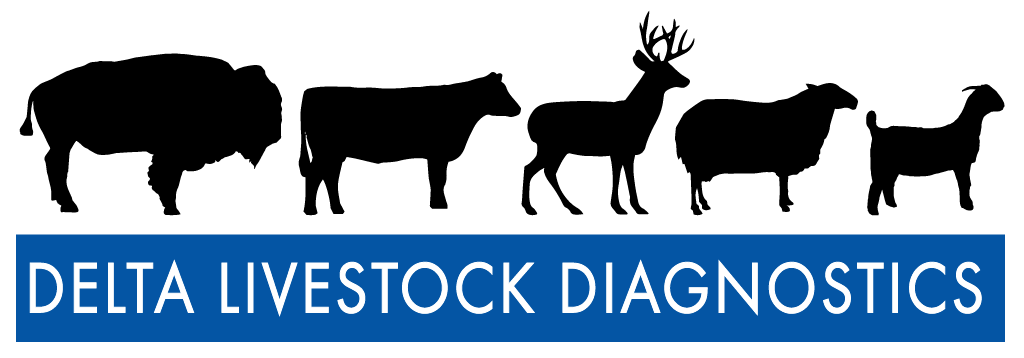NOTE: DISEASE SAMPLES MUST ARRIVE THE DAY PRIOR TO THE TESTING DATE TO BE PROCESSED THE SAME WEEK.
USPS, FedEx, and UPS typically arrive by 5 pm daily. Submitting samples without submission forms and properly labeled tubes will be charged $10 and results may be delayed. Samples must be labeled and submission forms filled out clearly. We encourage all clients to include their farm or owner initials on the samples if possible when labeling their samples by tube number to avoid any and all possible confusion.
Miss the deadline? Don’t worry! Once your samples are at the lab they will be safely stored for later testing. Samples are typically stable for up to two weeks after they are drawn. The lab may reject rotten or hemolyzed samples. To help prevent sample degradation it is imperative that the sample is drawn under sanitary conditions.
Our testing prices have changed as of Janurary 2025.
| Pregnancy | |
|---|---|
| Price | $4.00 |
| Result date | Reported Friday |
| Received By | Received by Thursday |
| Johne’s | |
|---|---|
| Price | $8.00 |
| Result date | Reported Monday |
| Received By | Received by Friday 10 am |
| Alerty’s OnFarm Pregnancy Kit | |
|---|---|
| Price | $10.00/Test, or $245/Box of 25 or more |
| Includes | Includes needle, tube, holder, and on farm flow test. |
